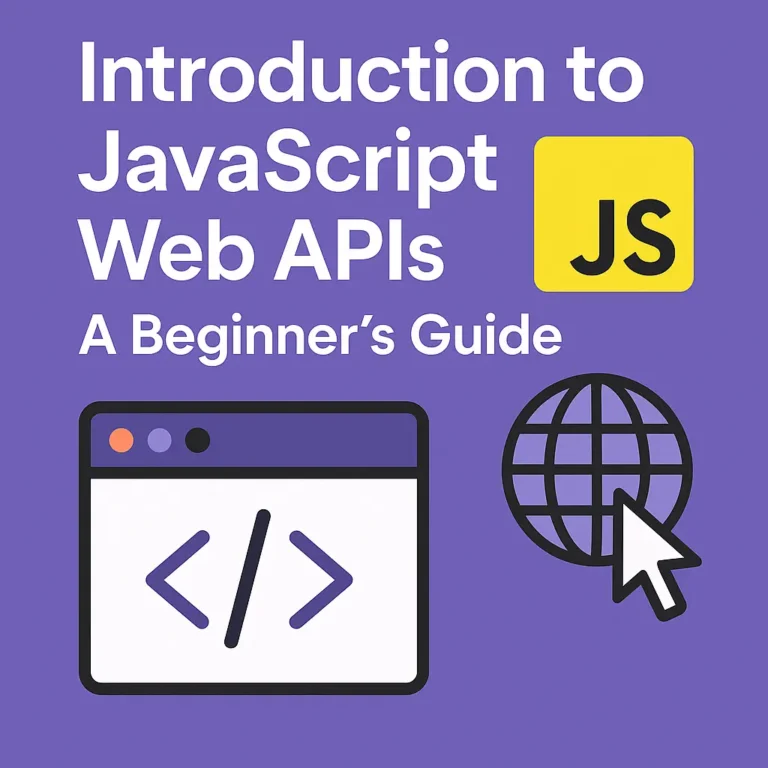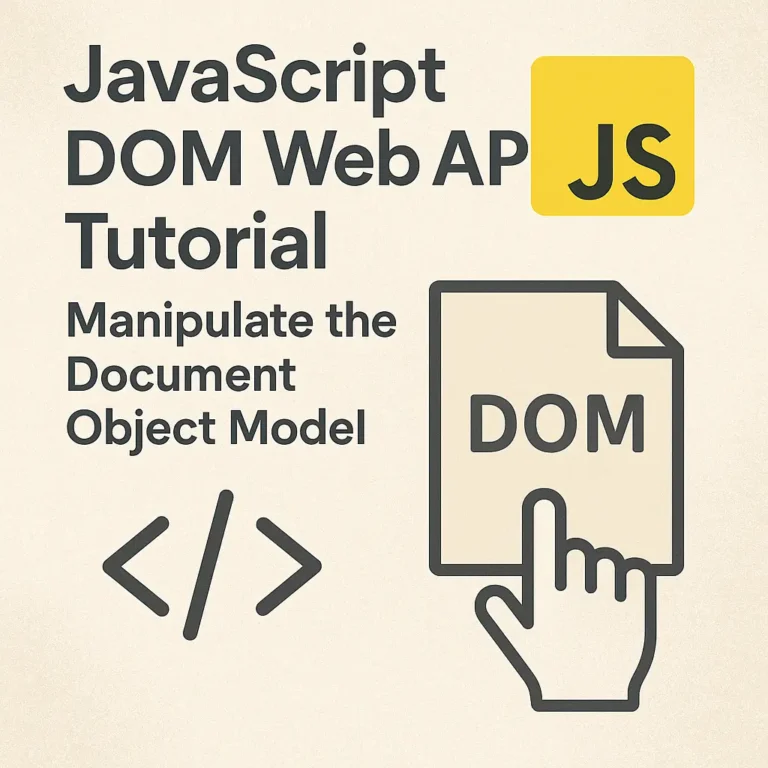This concept provides developers with a versatile toolset for managing class-level behavior and data. In this article, we’ll explore the ins and outs of static methods and properties in JavaScript, covering their usage, benefits, and how to access them.
Static Methods in Classes
Static methods are methods that are associated with a class itself rather than its instances. They are defined using the static keyword within the class definition. Static methods can be called directly on the class without the need to create an instance of the class.
class MathHelper {
static add(a, b) {
return a + b;
}
static subtract(a, b) {
return a - b;
}
}
console.log(MathHelper.add(5, 3)); // Output: 8
console.log(MathHelper.subtract(5, 3)); // Output: 2
In the example above, the add and subtract methods are static methods defined within the MathHelper class. These methods can be invoked directly on the MathHelper class without the need to create an instance of MathHelper.
Static Properties in Classes
Static properties are properties that are associated with a class itself rather than its instances. They are defined using the static keyword within the class definition and can be accessed directly on the class.
class Logger {
static logLevel = 'info';
static log(message) {
console.log(`[${Logger.logLevel}] ${message}`);
}
}
console.log(Logger.logLevel); // Output: info
Logger.log('This is a log message'); // Output: [info] This is a log message
In the example above, the logLevel property is a static property defined within the Logger class. This property can be accessed directly on the Logger class without the need to create an instance of Logger.
Accessing Static Members
Static methods and properties can be accessed directly on the class itself without the need to create an instance of the class. This makes them useful for defining utility functions or shared data that is associated with the class itself rather than individual instances.
class StringUtils {
static capitalizeFirstLetter(str) {
return str.charAt(0).toUpperCase() + str.slice(1);
}
}
console.log(StringUtils.capitalizeFirstLetter('hello')); // Output: Hello
In the example above, the capitalizeFirstLetter method is a static method defined within the StringUtils class. This method can be called directly on the StringUtils class without the need to create an instance of StringUtils.
Benefits of Static Methods and Properties
Utility Functions:
Static methods allow you to define utility functions that are associated with a class itself rather than its instances. This promotes code organization and encapsulation.
Shared Data:
Static properties allow you to define shared data that is associated with a class itself rather than individual instances. This allows you to maintain global state or configuration data that is accessible across different parts of your application.
Performance:
Since static methods and properties are associated with the class itself rather than individual instances, they can be more efficient in terms of memory usage and performance.
Conclusion
Static methods and properties in JavaScript provide developers with a powerful toolset for managing class-level behavior and data. By understanding how to define and access static members, you can leverage the full potential of static methods and properties to enhance the functionality and organization of your code. Whether you’re building utility libraries, managing shared data, or optimizing performance, static methods and properties offer a versatile solution for a wide range of programming scenarios.






